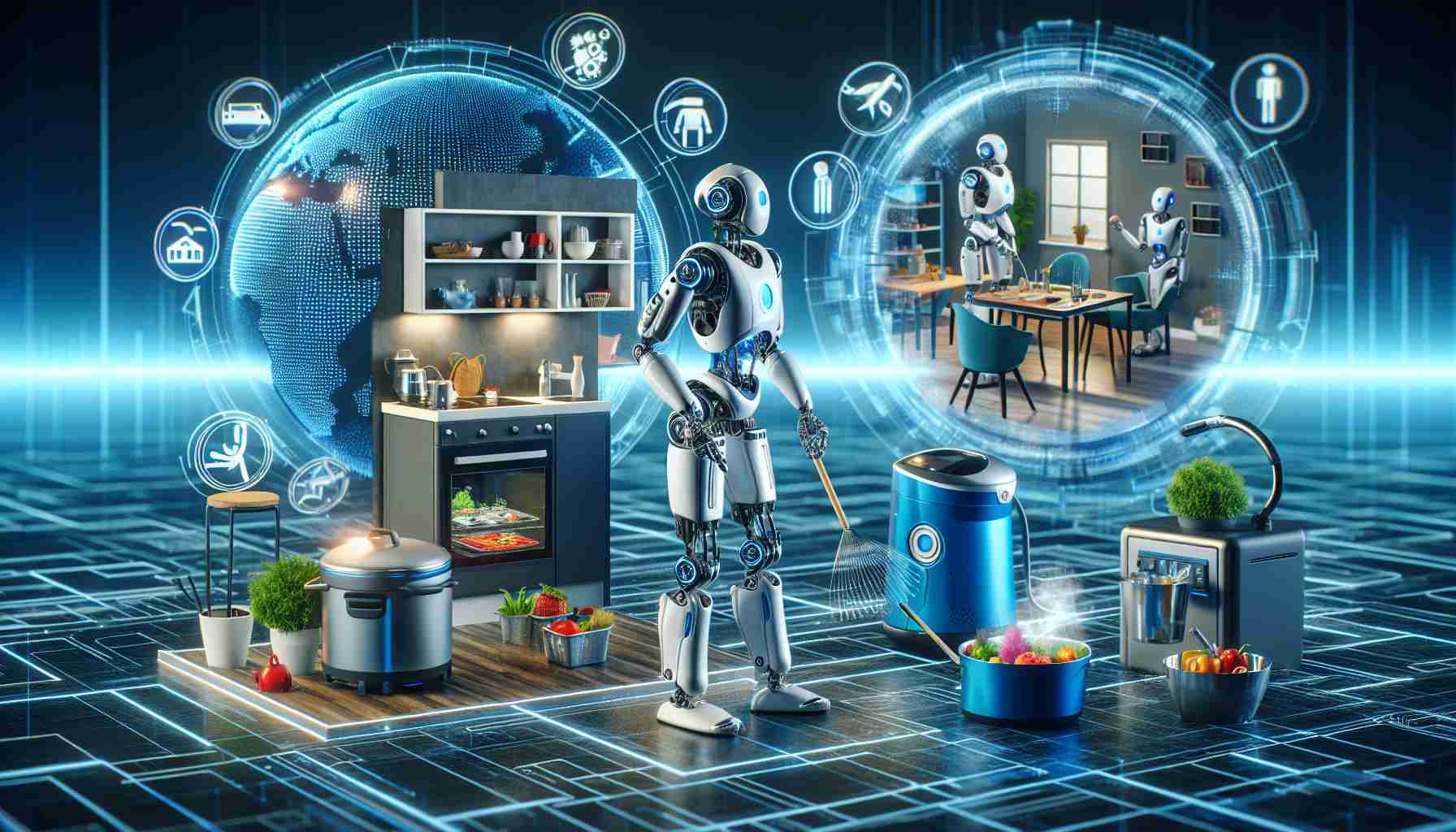Household robots, once a pipe dream, are inching closer to reality with advancements in AI and changing social dynamics. Robots designed to automate tedious tasks like laundry folding have captivated the attention at global electronics shows, with companies like Laundroid and Foldimate leading the charge. These robots promised neatly folded clothes from heaps of laundry, sparking widespread media fascination.
Investments and technical challenges in robotic development fueled both Laundroid and Foldimate, but despite the promise and initial pre-orders, the high cost of Laundroid and the intricacies of loading Foldimate piece by piece led to both companies filing for bankruptcy only three years after their limelight moments.
The complexity of household chores has been a longstanding barrier to robotic innovation, with researchers like Mahi Shafiullah at the Massachusetts Institute of Technology (MIT) being reminded repeatedly by his peers. A household laundry task represents a planning challenge with a variety of steps and objectives, making it difficult for a robot to perform.
Despite these difficulties, Shafiullah, now at New York University, strives for practical and affordable solutions. His current project does not involve laundry but demonstrates simpler robots performing household tasks, like a makeshift robot arm equipped with an iPhone to analyze and replicate activities.
While these entry-level robots are slow and prone to error, they show the potential of smart algorithms to aid in household chores. Shafiullah’s work aims to spur investment and innovation in this sector, with a belief that AI should alleviate mundane tasks to free up time for more fulfilling activities.
In the context of social transformation, experts predict a significant reduction in time spent on household chores over the next decade due to automation, although opinions vary widely. As women participate more in the workforce, the demand for domestic robots may increase, potentially leading to an interplay between technological innovation and societal change.
Advancements in Domestic Robotics and Their Societal Impact
Domestic robotics is a burgeoning field with the potential to revolutionize how we manage our home lives. Robots that can assist with tasks such as vacuuming and lawn mowing are already available, while the development of more advanced robots, like those conceptualized for laundry folding, point to a future where our interaction with technology becomes more intimate and pervasive.
One key advantage of domestic robots is their ability to save time and reduce the burden of household chores. For example, the use of robotic vacuum cleaners and lawn mowers allows individuals to engage in more leisure activities or devote more time to work or family. On a societal level, this could lead to increased productivity and potential economic growth as people reallocate their time from performing menial tasks to more valuable pursuits.
However, the development of domestic robotics also presents several challenges. The tech industry must overcome significant engineering obstacles in creating machines that can navigate the complex and unpredictable home environment. There is also the challenge of making these robots affordable and accessible to the average consumer. Additionally, robotics raises ethical and privacy concerns, such as data collection and security risks associated with AI and connected devices within homes.
Another controversy surrounding the rise of domestic robots is the potential impact on employment. As robots take over traditional roles within the home, there is a concern that domestic work opportunities may diminish, affecting the livelihoods of many, particularly in economies where domestic labor is prevalent.
On the plus side, domestic robots can contribute to improved quality of life for the elderly or disabled by providing assistance with tasks that may be difficult for them. It also presents an opportunity for innovations tailored to improving energy efficiency and reducing waste within the home.
One of the key questions is: How will domestic robotics integrate into everyday life? As robots become more commonplace, the interface between humans and robots will need to be as intuitive as possible, requiring continued advancements in AI, machine learning, and user interface design to be successful.
Moreover, there is the question of how society will adapt to these changes. Will there be a cultural shift as people become more reliant on robots for personal tasks, and how will this affect human behavior and interactions?
Potential Advantages:
1. Time-saving convenience
2. Increased productivity and leisure time
3. Support for individuals with physical limitations
4. Encouragement of technical innovation and job creation in the tech sector
Potential Disadvantages:
1. High costs and accessibility issues
2. Job displacement in domestic labor sectors
3. Ethical and privacy concerns
4. Dependence on technology
In conclusion, the future of domestic robotics is fraught with both exciting possibilities and serious challenges. Continued dialogue and ethical consideration are required to ensure that the development of household robots benefits society as a whole. For those interested in the broader subject of robotics and AI, the following related link provides additional information: Robotic Industries Association.

